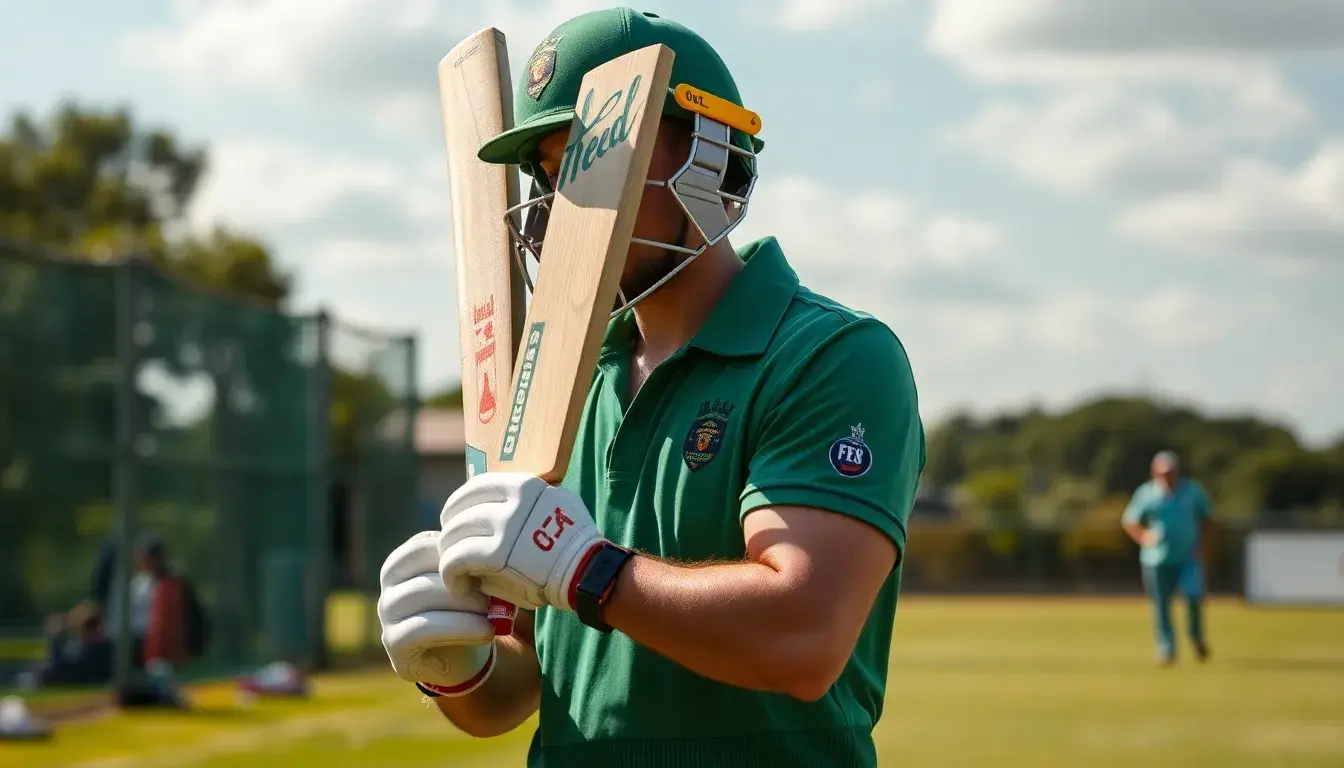Table of Contents
ToggleWhen it comes to speed in cricket, the competition isn’t just about who can swing a bat the hardest. It’s all about the bowlers, those fiery guys delivering balls that could put a cheetah to shame. Yes, we’re talking about the world fastest bowler, a title that comes with accolades, records, and some serious bragging rights. Picture this: 100 miles per hour PLUS. If that doesn’t rev your engines, stay tuned as we unveil the history, the science, and the legends at breakneck speed.
Historical Context of Fast Bowling

Fast bowling isn’t just a modern marvel: it’s been a cornerstone of cricket since the sport’s inception. Dating back to the 19th century, early bowlers experimented with pace, but it wasn’t until the 1950s that things really heated up. The likes of bowler Frank Tyson and the legendary Ray Lindwall began pushing the envelope on what a bowler could achieve. Cultures, climates, and pitches have all played roles in shaping fast bowling’s evolution. Historically, fast bowlers relied not only on raw speed but also on cunning strategies that made them a complete threat on the pitch.
What Defines a Fast Bowler?
So, what sets a fast bowler apart? It’s not just about being quick: it’s about precision, psychology, and the art of deception. Speed is critical, sure, but accuracy and the ability to bowl bouncers that intimidate batsmen are equally vital. Fast bowlers often hone their skills over years, with attention to technique and form. Their mechanics, including arm speed, run-up, and wrist flick, fuse together to create that magical moment when the ball leaves their hand. The perfect balance of power, posture, and practice defines their success.
Notable Fast Bowlers Through History
The world of cricket has seen some magnificent fast bowlers over the decades. Sir Richard Hadlee set benchmarks in the 1970s with his phenomenal pace and swing. Then came the fiery West Indies trio, Michael Holding, Malcolm Marshall, and Joel Garner, who redefined intimidation on the field. Fast forward to recent times, and you cannot mention speed without praising legends like Shoaib Akhtar, known as the “Rawalpindi Express,” and Brett Lee, whose sheer speed and aggression lit up the cricketing world. Each of these players didn’t just bowl fast: they crafted a legacy that still inspires future generations.
Technological Advances in Bowling
Records and Achievements
In the realm of fast bowling, technology plays a crucial role. From advanced training methods using biomechanical analysis to high-speed cameras that break down every motion, today’s bowlers have a goldmine of resources at their disposal. With these innovations, athletes can refine every aspect of their bowling action. Speed radar technology now records bowlers’ speeds more accurately than ever, documenting records like that of Shoaib Akhtar, who delivered the fastest recorded ball at a staggering 161.3 km/h. Alongside these achievements, the data offers a new level of strategy, as bowlers can study their past performances and tailor their training accordingly.
Impact on the Game of Cricket
The influence of fast bowlers on the game of cricket is profound. They often change the dynamics of a match within a few overs. Their ability to swing the game through sheer pace or break partnerships with a well-placed short ball makes them key players. Fast bowlers contribute not just in taking wickets but also in creating thrilling moments that keep fans on the edge of their seats. The thrill of seeing a batsman ducking under a bouncer and the cheers following a clean bowled are part of cricket’s heartbeat. They are integral in the balance of aggression and control in the fast-paced modern game.




